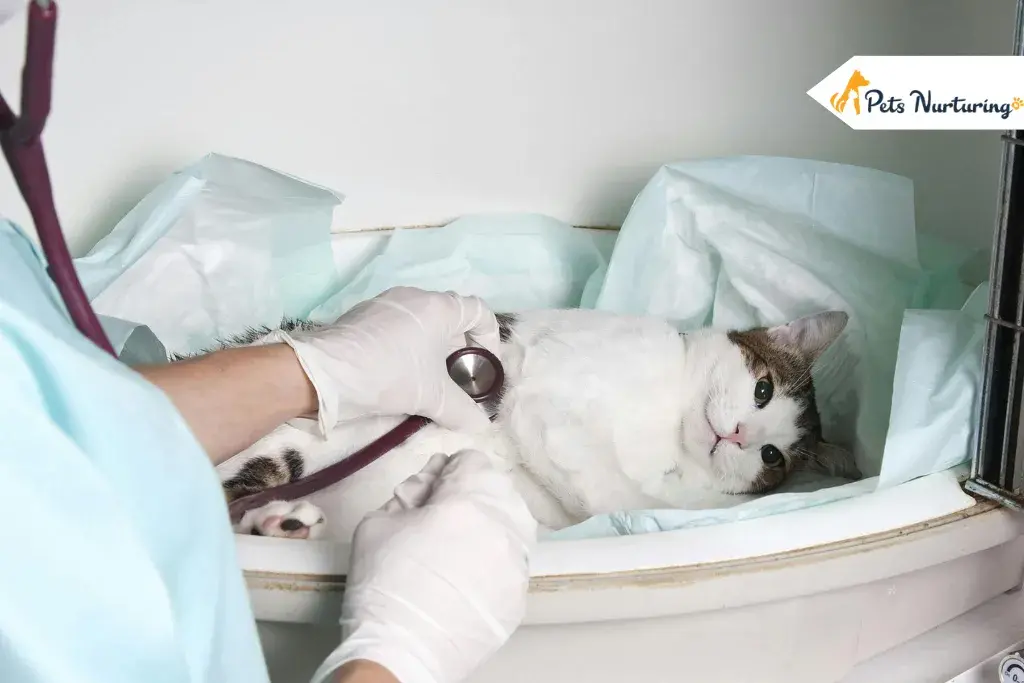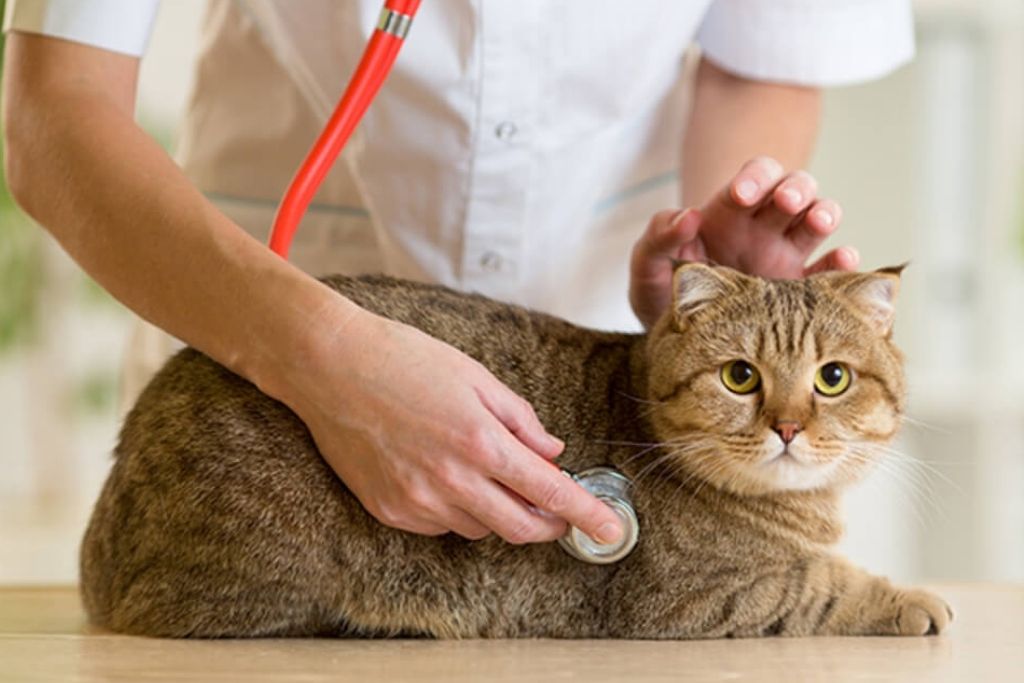
Cancer in cats is considered common and more widespread than ever before. But why? In part, it is because cats are living longer. It is not strange for vets to see two or even three cats more than fifteen each day. They are the beneficiaries of good home care, modern vet medicine, and advanced nutritional research.
What is Cancer in Cats?

Cancer is a blanket term for when cells in the cat’s body start to divide and multiply out of control. That cluster of poorly-performed cells is a tumor. Tumors or neoplasm can develop somewhere in the body and will look and act differently based on the cells they came from.
Benign tumors are lumps growing where they are not supposed to be or beyond the bounds of the normal territory of that cell type. However, they do not invade other tissues or spread throughout the body.
A fatty tumor or lipoma is one of the cat’s most typical forms of benign tumor. Those squishy lumps can be unpleasant, but they normally grow slowly and do not ruin neighboring tissue.
Meanwhile, malignant tumors damage and invade neighboring tissues and might spread throughout the body. Take note that tumor cells can break off and travel throughout the lymphatic system and sneeze blood vessels, making seeds to begin a new tumor elsewhere in the body. That secondary growth is known as metastasis and often happens in the lungs.
What Causes Cancer in Cats?

The cause of cancer in cats is often unknown. Other cancer types might have a genetic element and be inherited, and environmental factors and carcinogens can play an important role. We understand that the feline leukemia virus (FeLV) can cause leukemia and lymphoma in cats and that the feline immunodeficiency virus (FIV) is a risk factor for cancer.
Fortunately, your veterinarian can easily test for both viruses, and keeping the cat indoors can help safeguard her from contracting them. White cats have an intensified risk of having squamous cell carcinoma, especially on their ears and face. In rare scenarios, vaccination can form a fibrosarcoma, but that is a small chance.
Symptoms of Cancer in Cats

Some of the Possible Signs Are as Follows:
- Weight loss
- Vomiting
- Swelling
- Sores that do not heal
- Snorting
- Poor appetite
- Pains and discomfort
- Lumps
- Lameness
- Drooling
- Behavior changes
- Diarrhea
- breath
- Difficulty breathing
Most of the above symptoms could apply to a series of conditions. However, age could be a major risk factor. Senior felines tend to have cancer more than younger cats. Any time you notice your cat seems strange, particularly if it persists for many days, she must be assessed by a vet to identify what’s happening.
Common Types of Cancer in Cats

You will find various types of cancer in cats. Every type of cancer is named for the cells from which the tumor originated.
For instance, osteosarcoma impacts the bone while lymphoma impacts the lymphatic system. You’ll find a corresponding type of cancer for every kind of cell in the body, from the cat’s stomach, blood vessels, and skin.
The Cells That Tend to Become Cancerous Are the Ones That Quickly Divide and Multiply. the Most Typical Sites Are:
- Stomach and intestine
- Mouth
- Mammary glands
- White blood cells
- Skin
Remember that lymphoma is the most typical cancer in cats. That is cancer of lymphocytes (a kind of white blood cell) and lymph node tissues. Also, enlarged lymph nodes are a hallmark of that cancer type, as well as diarrhea, vomiting, and weight loss. FIV and FeLV-positive cats are at higher risk.
Also, oral squamous cell carcinoma is felines’ most typical type of oral cancer. It impacts the cells which line the mouth and skin. That cancer can be extremely challenging to treat.
Diagnosis and Treatment for Cancer in Cats

Diagnosis for cat cancer will begin with a physical exam and blood work. Blood work is valuable for helping the vet identify what might be wrong with your furry friend.
Standard blood work is composed of a CBC (complete blood count) to assess the cat’s white and red blood cells and her platelets. It also includes a chemistry panel to evaluate organ function.
Ultrasound and x-rays are also often used to search for potential tumors. Tumors in more difficult locations, like the brain, may need advanced imaging like CT or MRI scan.
To get a precise diagnosis, it’s important to assess the tumor cells under a microscope. The vet may perform an initial investigation, but it will be important to send samples to a reference laboratory for a histopathology report.
The laboratory will identify the type of cancer. Based on the tumor’s location, a fine needed aspirate (where your vet will poke the tumor with a needle to extract the cells) may be enough, or the vet may perform a surgical biopsy.
The staging identifies cancer’s severity and considers data from the radiographs, blood work, histopathology report, and other diagnostics. Many cancer types are rated on a scale of one to four and state four as the worst.
Such cases have metastases to other body parts, and the cat food might be in poor condition.
The Treatment Depends on Different Factors, Including:
- Travel limitations
- Financial constraints
- Cat’s personality and tolerance for vet care
- Location of the tumor
- Stage and type of cancer
You must discuss treatment options with your vet. It’s often helpful to perform a consultation with a vet oncologist at a specialty clinic to receive the most updated information on medications and treatments which may work for your feline.
Your Treatment Options Are:
- Hospice care or medical management
- Radiation
- Chemotherapy
- Surgery
Conclusion
No matter what health problems your cat may develop, the most important step is to have cat insurance which will provide your furry friend the right treatment, including a visit to your pet’s vet for an assessment and advice, and learn the following steps you need to do to care for your precious cat.
In case you missed it!











